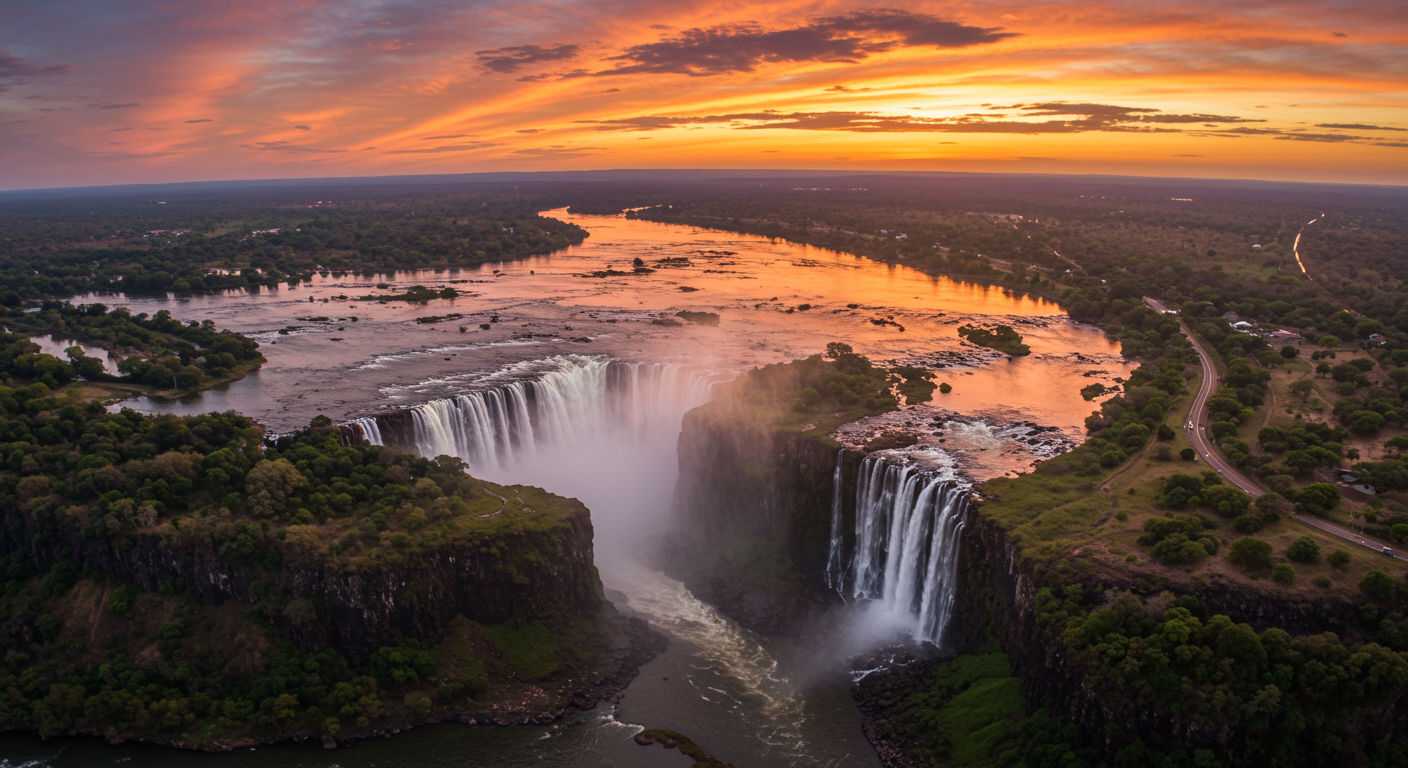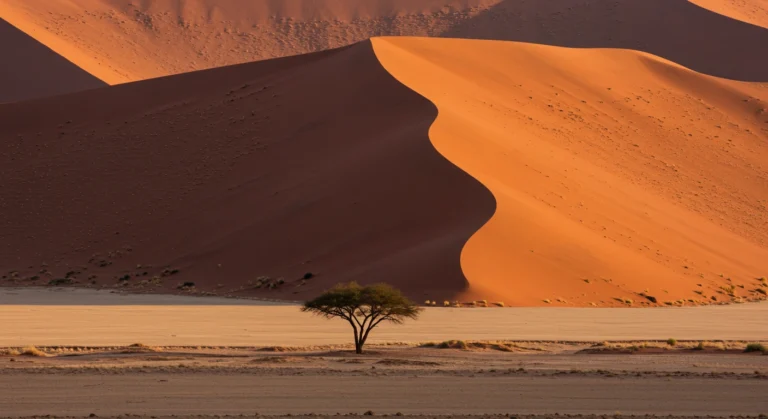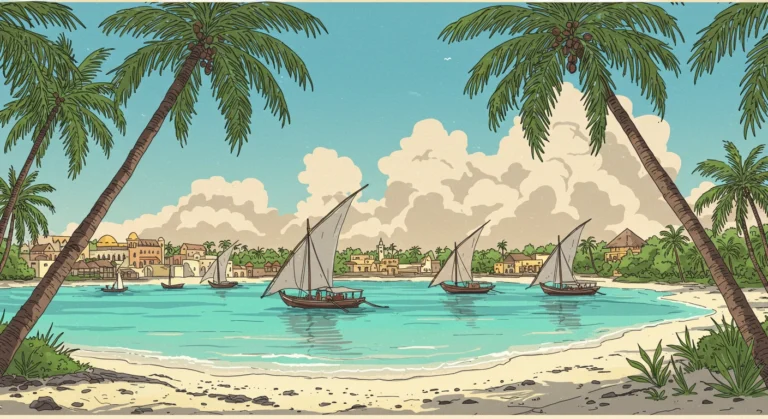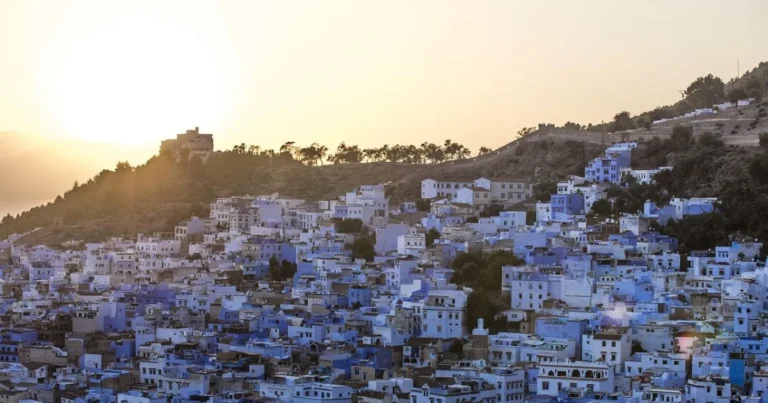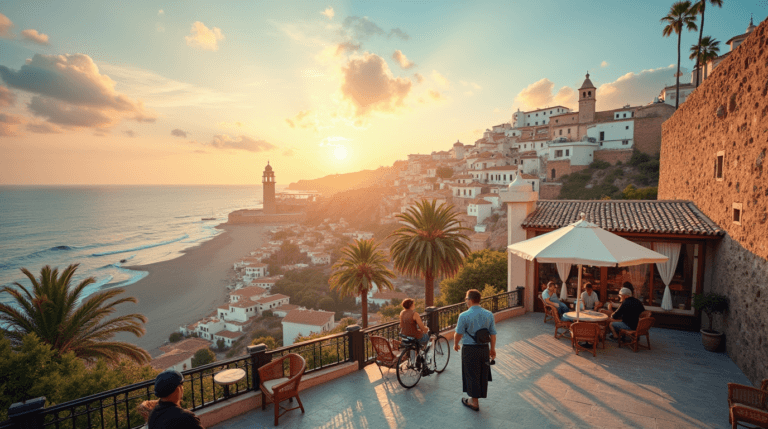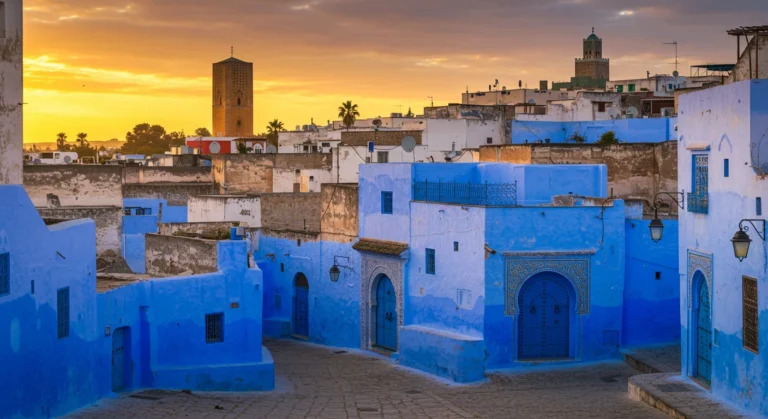best places to visit in zambia
Table of Contents
Introduction : Best Places to Visit in Zambia
Best Places to Visit in Zambia
Hey there, adventure seekers! Looking for your next off-the-beaten-path destination? Let me put Zambia on your radar. This southern African gem packs a serious punch with its breathtaking landscapes, incredible wildlife, and warm-hearted people. I’ve been lucky enough to explore this amazing country, and trust me, it deserves way more attention than it gets on the typical safari circuit. Ready to discover what makes Zambia so special? Let’s jump right in!
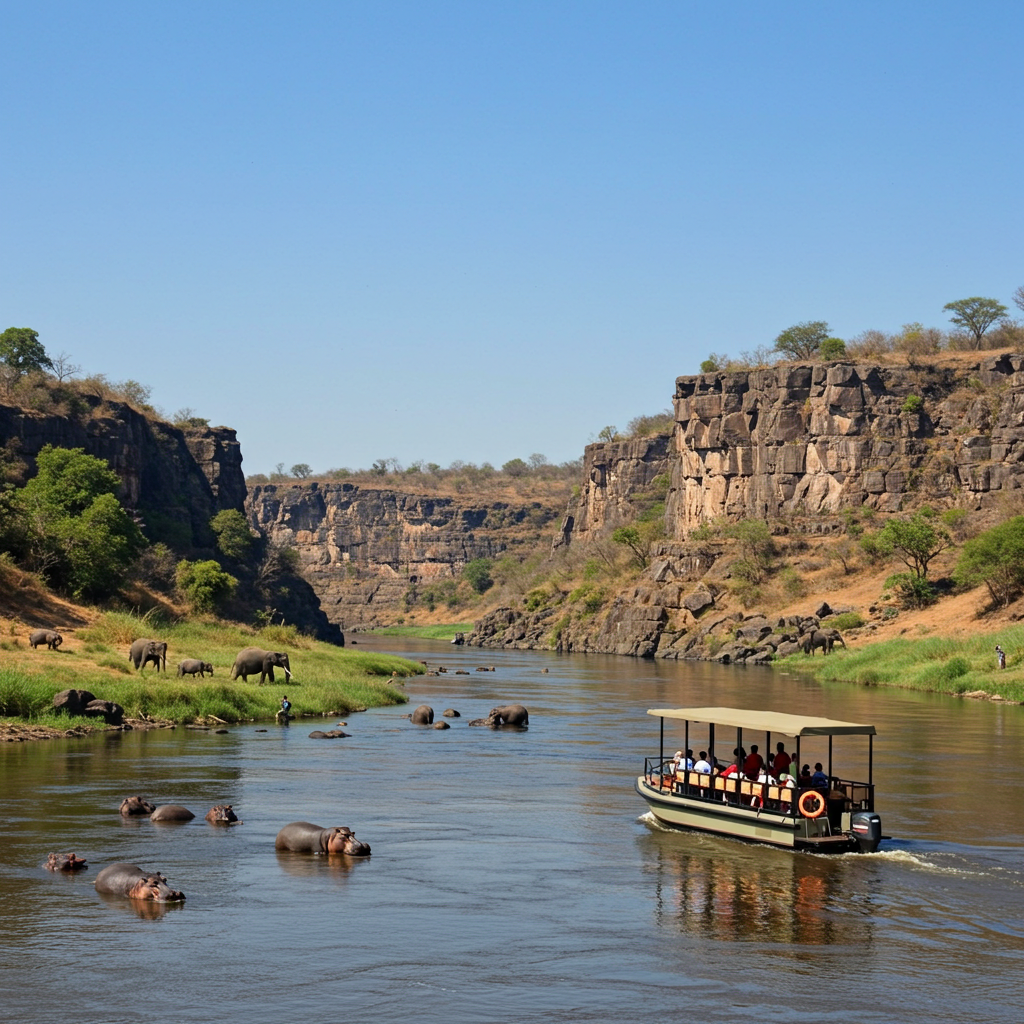
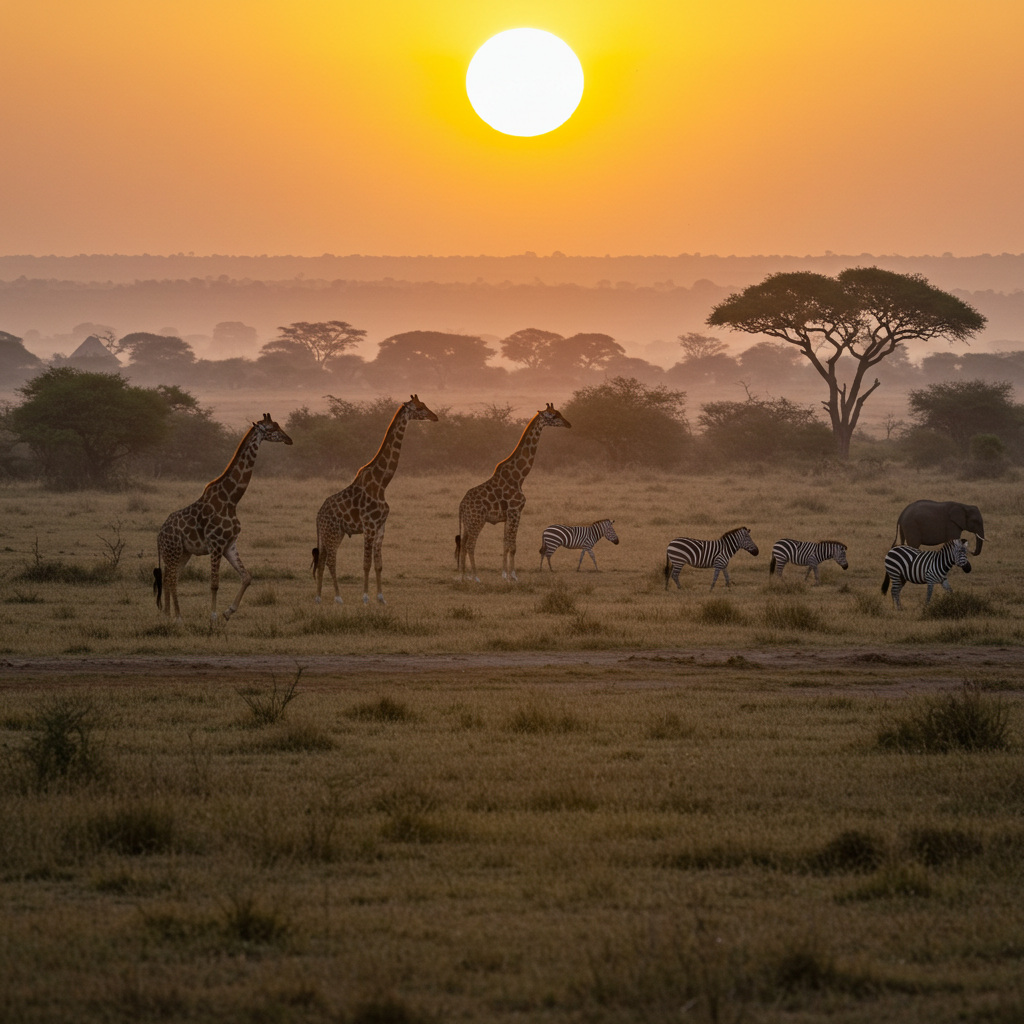
Victoria Falls
Let’s start with the showstopper – Victoria Falls, locally known as “Mosi-oa-Tunya” or “The Smoke That Thunders.” This nickname makes perfect sense once you’re standing beside this massive curtain of water, feeling the spray on your face and hearing the deafening roar that can be heard from miles away.
At over a mile wide and 355 feet high, Victoria Falls creates the world’s largest sheet of falling water. I still remember my first glimpse of the falls from the Zambian side – completely different from the postcard views from Zimbabwe. The pathways take you so close to the cascading water that you’ll get soaked! Pro tip: rent a raincoat at the entrance or bring your own waterproof gear if you don’t want to look like you went swimming fully clothed.
Want the ultimate adrenaline rush? Take a dip in the Devil’s Pool during the dry season (approximately August to January). This natural infinity pool sits right at the edge of the falls, allowing you to peer over the massive drop while water rushes all around you. I’ve done some crazy things in my travels, but swimming to the literal edge of the world’s largest waterfall ranks pretty high on my “did I really just do that?” list.
The town of Livingstone nearby offers everything from bungee jumping and white-water rafting to sunset cruises on the Zambezi River. Give yourself at least three days here – you’ll need it to experience everything this incredible area has to offer.
South Luangwa National Park
Ever dreamed of experiencing a safari without the parade of tourist vehicles? South Luangwa National Park offers just that – an authentic wildlife experience without the crowds you’ll find in more famous reserves.
This park is the birthplace of walking safaris, and there’s something magical about exploring the African bush on foot. Following an armed guide through grass taller than your head, tracking lions by their paw prints, and spotting birds you’d never notice from a vehicle – it’s safari at its purest. I remember freezing in my tracks as our guide pointed out fresh leopard tracks crossing our path. That heart-pounding moment of knowing a predator was nearby connected me to the environment in a way no game drive ever could.
The Luangwa River attracts massive numbers of hippos, crocodiles, and elephants, especially during the dry season when water becomes scarce. The concentration of wildlife here rivals any park in Africa, with incredible leopard sightings (South Luangwa has one of the highest leopard populations in Africa) and unique species like Thornicroft’s giraffe, which you’ll only find here.
The park offers lodging options for every budget, from luxury safari lodges to more affordable bush camps. I recommend splurging at least one night on a river-facing room – falling asleep to the sounds of hippos grunting and waking up to elephants drinking at the shore is worth every penny.
Lower Zambezi National Park
Imagine canoeing silently down a river channel with elephants drinking on one bank and buffaloes grazing on the other. That’s a typical day in Lower Zambezi National Park, Zambia’s water wonderland.
What makes Lower Zambezi unique is its setting – the massive Zambezi River creates a natural boundary with Zimbabwe’s Mana Pools National Park on the opposite bank. This river-focused ecosystem attracts enormous herds of elephants, buffaloes, and antelopes, with predators like lions and leopards never far behind.
Water-based safaris are the highlight here. I spent an unforgettable afternoon drifting in a canoe, watching a family of elephants cross the river just yards away, their trunks held high like periscopes. FYI, your guides know exactly how to keep a safe distance while getting you amazingly close to the wildlife – these guys read animal behavior better than I read breakfast menus!
The fishing here is world-class too, with catch-and-release tiger fishing drawing anglers from around the globe. These powerful river predators put up an incredible fight, though I personally spent more time watching crocs sunbathing on sandbanks than actually catching anything.
Most lodges in Lower Zambezi sit right on the riverbank, offering front-row seats to the wildlife show. The combination of luxury accommodations and untamed wilderness creates a magical experience that’s hard to beat.
Kafue National Park
Want to explore Africa’s second-largest national park with barely another tourist in sight? Kafue National Park is your answer. This massive protected area (about the size of Wales!) remains delightfully under-visited, giving you that rare feeling of true exploration.
The park’s crown jewel is the Busanga Plains in the north – a vast seasonal floodplain that transforms into a wildlife paradise during the dry season (June to October). Imagine hot air ballooning over endless golden grasslands dotted with prides of lions, herds of red lechwe antelope, and solitary cheetahs scanning for prey. I caught sight of a serval cat hunting in the tall grass during my balloon ride – a sighting so special that even our pilot grabbed his camera!
Kafue boasts some of Africa’s highest predator diversity, with lions, leopards, cheetahs, wild dogs, and hyenas all calling the park home. The birdlife is equally impressive, with over 500 species recorded.
Despite its size and significance, Kafue remains relatively undeveloped, with fewer lodges than Zambia’s other parks. This translates to a more exclusive experience – I’ve gone on game drives here where we didn’t see another vehicle for hours. If you’re seeking that “old Africa” feeling that’s increasingly rare in more popular parks, Kafue delivers it in spades.
Liuwa Plain National Park
Here’s a place most travel articles won’t mention, but trust me, it belongs on your bucket list. Liuwa Plain National Park hosts one of Africa’s oldest conservation areas and one of its most spectacular natural phenomena – the second-largest wildebeest migration on the continent.
Every year, thousands of blue wildebeest travel across the plains following ancient migration routes. Unlike the more famous migration in the Serengeti, here you might have this incredible spectacle all to yourself. I witnessed a river crossing with hundreds of wildebeest plunging into the water – a sight usually associated with crowded viewpoints in Tanzania or Kenya – completely alone except for our guide.
The park has a fascinating history, having been protected by the Litunga (king) of the local Lozi people since the 1880s. The Lozi people still live within and around the park, creating a unique conservation model where wildlife and traditional lifestyles coexist.
Liuwa is also home to Lady Liuwa’s pride – a group of lions with an incredible story. The pride’s matriarch, Lady Liuwa, was once the only lion left in the entire park after poaching and civil unrest decimated the population. After years alone, conservation efforts brought new lions to join her, and today their descendants roam the plains.
Accessing Liuwa isn’t easy – it’s remote even by Zambian standards – but the reward is experiencing one of Africa’s last great wildernesses. Time your visit for November or early December when the migration is in full swing and dramatic afternoon thunderstorms create photographer’s dream conditions.
Kasanka National Park
Ever seen a million bats darkening the sky at once? Kasanka National Park hosts one of Earth’s most spectacular wildlife events when up to ten million fruit bats descend on a small forest area between October and December each year.
This little-known park springs to life during the bat migration, as straw-colored fruit bats arrive from across Central Africa to feast on the abundant fruit. At dusk, they pour from their daytime roosts in search of food, creating a swirling black cloud that can take over 30 minutes to disperse. Standing beneath this living tornado of wings is both terrifying and awe-inspiring – I actually found myself ducking as the bats swooped overhead, their wingspans reaching nearly three feet!
Outside of the bat season, Kasanka offers excellent birding and the chance to spot rare antelopes like the sitatunga, a semi-aquatic species that’s notoriously difficult to see elsewhere. The park’s network of rivers and wetlands creates diverse habitats supporting over 400 bird species in a relatively small area.
What makes Kasanka even more special is its community-based management model. Local communities are actively involved in conservation efforts, showing how tourism can directly benefit those living alongside wildlife.
Bangweulu Wetlands
Ready for something completely different? The Bangweulu Wetlands offer a landscape unlike anywhere else in Zambia – or Africa for that matter. This massive wetland system (its name literally means “where the water meets the sky”) blurs the line between land and water, creating an otherworldly environment.
The wetlands’ star attraction is the shoebill stork – a prehistoric-looking bird that stands over four feet tall with a massive shoe-shaped bill. Finding these elusive creatures requires patience and a skilled guide, but spotting one is unforgettable. I spent three hours wading through knee-deep water following fresh tracks before finally glimpsing a shoebill motionless among the reeds. These birds are so dinosaur-like that I half expected it to turn and speak to me!
The wetlands also host Africa’s most approachable population of black lechwe, a semi-aquatic antelope found nowhere else on Earth. Over 100,000 of these elegant animals gather on the floodplains during the dry season, creating spectacular herds that seem to stretch to the horizon.
Visiting Bangweulu means embracing adventure – accommodations are basic, and access requires determination. But witnessing local fishermen standing in traditional dugout canoes, silhouetted against the sunset while shoebills stalk the shallows nearby, makes every bump in the road worthwhile.
Shiwa Ng’andu
Need a break from wildlife? Shiwa Ng’andu offers a fascinating glimpse into Zambia’s colonial history wrapped in a package of unexpected English grandeur. In the middle of the Zambian wilderness stands a magnificent English manor house built in the 1920s by British aristocrat Sir Stewart Gore-Browne.
This estate, often called “Africa’s Downton Abbey,” feels completely out of place yet somehow perfectly at home in its setting. Exploring the house is like stepping into a time capsule – rooms filled with original furniture, libraries of leather-bound books, and photographs chronicling nearly a century of history.
The current owners (descendants of Gore-Browne) have transformed the estate into a working farm and tourist destination. You can stay in the manor house itself, surrounded by period furnishings and family heirlooms. I spent hours flipping through Gore-Browne’s journals and photographs, fascinated by the vision (and perhaps madness) required to build such a place in remote Africa.
The surrounding land includes hot springs where you can soak in naturally heated pools beneath the stars – the perfect way to relax after a long safari. The estate also offers horseback riding, fishing, and bird watching, making it an ideal addition to any Zambia itinerary.
Chimfunshi Wildlife Orphanage
Want to meet some of our closest relatives in a responsible setting? Chimfunshi Wildlife Orphanage is one of the oldest and largest chimpanzee sanctuaries in the world, providing a haven for over 120 rescued chimps.
This isn’t a zoo or entertainment venue – the sanctuary focuses on rehabilitation and conservation. The chimps live in large, natural enclosures where they can form social groups and behave much as they would in the wild. During guided visits, you’ll learn about each chimp’s often heartbreaking rescue story and the ongoing threats facing these incredible primates.
What struck me most was how individual each chimp’s personality seemed – from the playful youngsters to the dignified older males, each had distinct characteristics that made them feel almost human. Watching their complex social interactions gives you a new appreciation for these endangered creatures and the importance of protecting them.
The sanctuary also plays a vital role in local communities, providing employment and education programs. A visit here complements the traditional safari experience by adding depth to your understanding of conservation challenges in Africa.
Final Thoughts on Zambia
Zambia offers that increasingly rare combination of spectacular attractions and authentic experiences without overwhelming crowds. From world-famous Victoria Falls to remote wetlands few travelers ever reach, this country rewards those willing to venture beyond the standard safari circuit.
What makes Zambia truly special is how unspoiled it remains. Game drives often feel like genuine exploration rather than following a preset tourist route. The focus on walking safaris and water-based activities creates more intimate wildlife encounters. And throughout the country, you’ll meet some of Africa’s friendliest people eager to share their beautiful homeland with visitors.
So before you book that trip to more famous safari destinations, consider Zambia – Africa’s best-kept secret won’t stay hidden forever. The only downside? Once you’ve experienced Zambia’s magic, everywhere else might just feel a little too crowded. :/
Have you started planning your Zambian adventure yet? Which of these incredible destinations caught your imagination? Whatever you choose, I promise this remarkable country will leave you with stories to tell for a lifetime!

